What is the Triple Goddess?
The Triple Goddess is commonly known as a Pagan concept signified by the Maiden, Mother and Crone archetypes. However, here I am speaking of a different tradition, that of the ancient shamanistic tradition of Tibet that predates (but eventually incorporated) Buddhism by tens of thousands of years, the Bon.
The following practice was one I adopted and adapted from this tradition. While I received actual initiations to first, Yeshe Walmo (The Widsom Protector), and then Sidpe Gyalmo (Queen of the Universe), I felt that the practices were “out of touch” with the reality of my life in 2021 and realized I wanted to develop a practice that would be more meaningful to me personally and which I would be more likely to stick to.
I had my initial reservations about creating this practice, out of reverence for the power of the original teachings. But I also knew that I was highly unlikely to commit to any full practice in its original form. I needed to create something that was more relevant to me and that I was willing and able to stick to for 40 days. I also wanted to include Sherab Chamma (Compassionate Healer).
Therefore, the Triple Goddess as it relates here is comprised of these three Bon Goddesses: Yeshe Walmo, Sidpe Gyalmo, and Sherab Chamma. This is meant to be a modern-day, more accessible practice to the Western practitioner.
I made it a part of my intent to mean absolutely no disrespect in rewriting the teachings. I humbly asked for both forgiveness for my lack of awareness and tradition and for guidance and protection as I proceeded and emphasized my deep wish to serve. This is what resulted.
Then, every night for 40 days, I recited the following, slowly and with deep devotion. I would also journal any insights afterwards. It was an incredibly moving and powerful experience, and so I share it with you now.
Should you choose to adopt it as your own, or rewrite it to make it your own (as I believe there is great benefit in doing so), please do it with humility and reverence. These are very powerful energies that will slap you silly if you misuse them! You will be tested. I was!
But during this 40-day practice, I was also rewarded with rich dreams, a blessing I had waited years to manifest, and a deepening sense of devotion and connection to the gifts of nature. While I had no expectations of such rewards, they came unbidden and as confirmation of the unconditional love of the Divine Feminine.
The Practice
[Call in each of the emanations, imagining they appear and stand before you.]
Namo Guru Sherab Chamma x 3
Peaceful/healer, Sherab Chamma, please grace me with your effulgent presence.
Namo Guru Sipe Gylamo x 3
Wrathful/protector, Sipe Gyalmo, please grace me with your effulgent presence.
Namo Guru Yeshe Walmo x 3
Wisdom/protector, Yeshe Walmo. Please grace me with your effulgent presence.
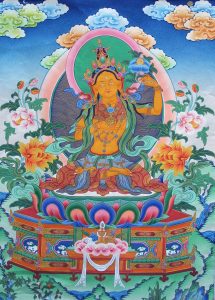 Sherab Chamma, Compassionate and Peaceful Healer, teach us to offer comfort, guidance and healing to all and to dispel all obstacles such as fear, sickness, sadness or the negative impact of demonic forces. Through you, we can and do realize the grace that illuminates a perfect understanding of the karma and suffering of beings. Your vast heart preserves and feeds the pure energy of all our hopes, dreams and accomplishments. May we trust in that.
Sherab Chamma, Compassionate and Peaceful Healer, teach us to offer comfort, guidance and healing to all and to dispel all obstacles such as fear, sickness, sadness or the negative impact of demonic forces. Through you, we can and do realize the grace that illuminates a perfect understanding of the karma and suffering of beings. Your vast heart preserves and feeds the pure energy of all our hopes, dreams and accomplishments. May we trust in that.
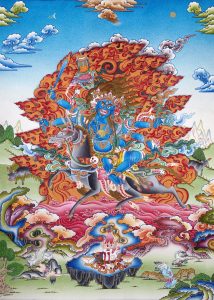 Sidpe Gyamlo, Queen of the Universe, you ruthlessly exorcise all evils and heal with ferocious transmutation all negative energies. Free us from illusion and delusion. Reveal our dominion over evil and death. Because of you, we ride in victory triumphing over egoic and emotional affliction, eradicating hostile forces. Through you, we can and do realize cosmic truth and clear light wisdom. May we realize boundless space as Self. May all of our shadow aspects such as arrogance, negativity, and doubt be transmuted into siddhis by your eternal flames of Truth.
Sidpe Gyamlo, Queen of the Universe, you ruthlessly exorcise all evils and heal with ferocious transmutation all negative energies. Free us from illusion and delusion. Reveal our dominion over evil and death. Because of you, we ride in victory triumphing over egoic and emotional affliction, eradicating hostile forces. Through you, we can and do realize cosmic truth and clear light wisdom. May we realize boundless space as Self. May all of our shadow aspects such as arrogance, negativity, and doubt be transmuted into siddhis by your eternal flames of Truth.
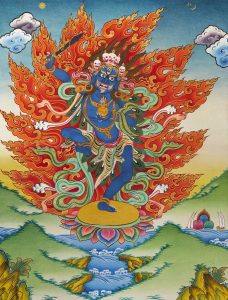 Yeshe Walmo, Wisdom Protector, Mother of infinite space, whose dark blue body, studded with the radiant brilliance of the starry sky, and through whom the practitioners are kept safe from fault and persecution, to you, all energies of nature submit. Upon a lotus of light, you carry a flaming thunderbolt sword to subdue our enemies and vase that holds the ever-pouring waters of Life. Truth is forever safe-guarded under your cloak of peacock feathers which transmutes all outer and inner poisons. Through you, may we be purified by the wisdom flame that burns all ignorance.
Yeshe Walmo, Wisdom Protector, Mother of infinite space, whose dark blue body, studded with the radiant brilliance of the starry sky, and through whom the practitioners are kept safe from fault and persecution, to you, all energies of nature submit. Upon a lotus of light, you carry a flaming thunderbolt sword to subdue our enemies and vase that holds the ever-pouring waters of Life. Truth is forever safe-guarded under your cloak of peacock feathers which transmutes all outer and inner poisons. Through you, may we be purified by the wisdom flame that burns all ignorance.
Sweet and fierce emanations of the Mother, teach us to transmute our poisons, cut away all ignorance, and reveal to us our eternal nature. In so doing, may we be blessed with the power to heal ourselves and the suffering of all beings.
Beloved Triple Mother, whose heart/breast drips with a loving and inexhaustible, heavenly nectar, I recite your mantra from the depths of my heart to yours; through your compassion, liberate the world from negativity and disharmony of all kinds in the three realms and throughout the three times, dispel all obstacles and pacify all evils, and bring everlasting peace, sweetness, and an enduring awareness of our complete perfection.
Mantras
OM MAMA RA YO ZA x 3
OM A BHI YA NAG PO BAD SOD SO HA x 108
Dedication Prayer
I dedicate this practice to the attainment of the most supreme and sublime enlightened mind for the benefit of all sentient beings. May all beings be free from suffering. May all beings know peace.

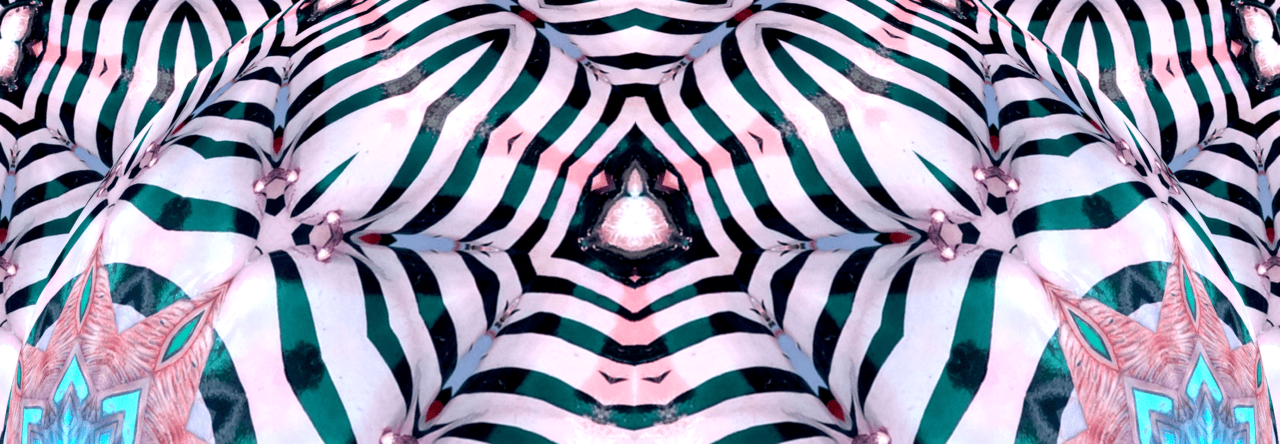

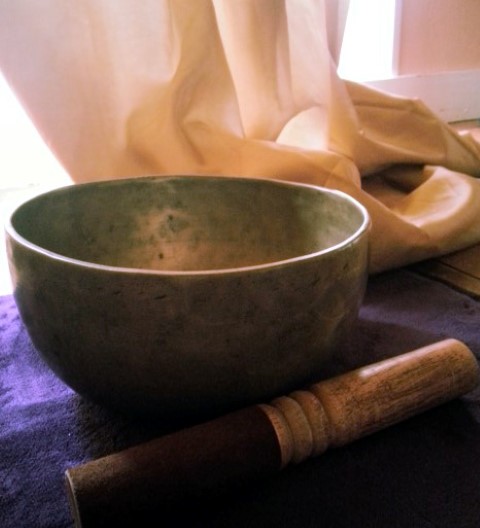
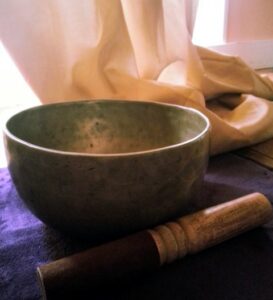 Okay, first, I do not hate singing bowls!!! I love them. But I recently had a couple of people to whom I introduced them tell me they couldn’t stand the sound. One said the sound hurt her heart and another woman said she found them irritating.
Okay, first, I do not hate singing bowls!!! I love them. But I recently had a couple of people to whom I introduced them tell me they couldn’t stand the sound. One said the sound hurt her heart and another woman said she found them irritating.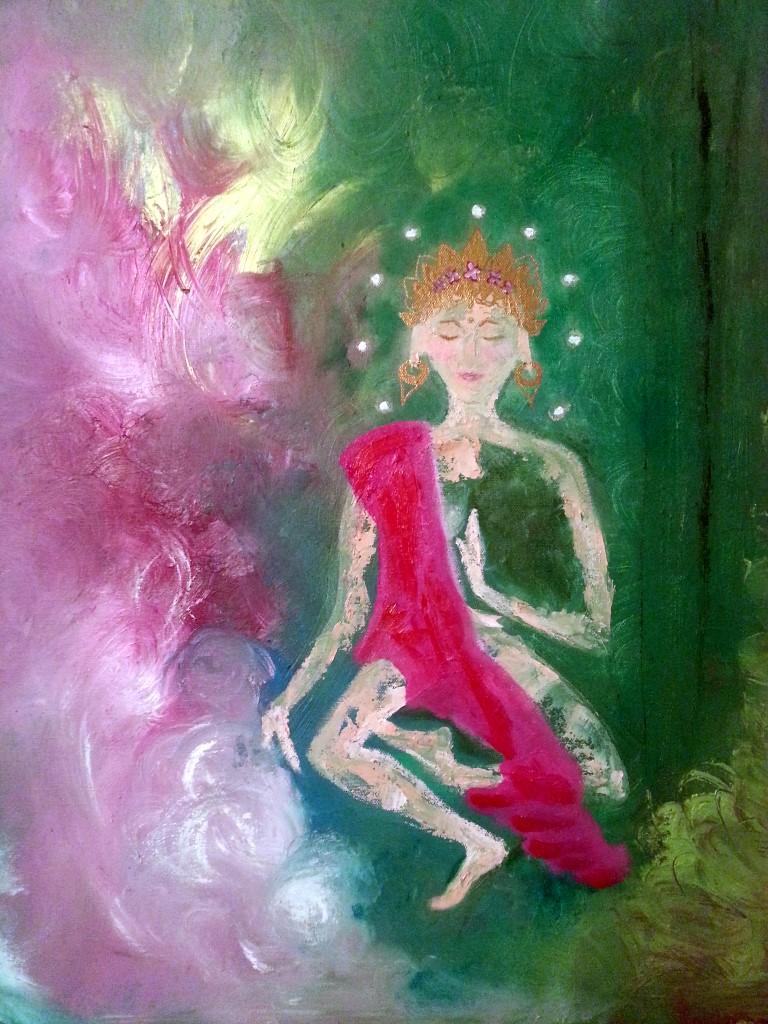
 Sherab Chamma, Compassionate and Peaceful Healer
Sherab Chamma, Compassionate and Peaceful Healer Sidpe Gyamlo,
Sidpe Gyamlo,  Yeshe Walmo,
Yeshe Walmo,
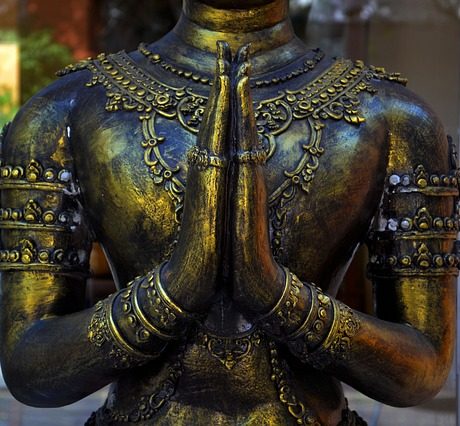
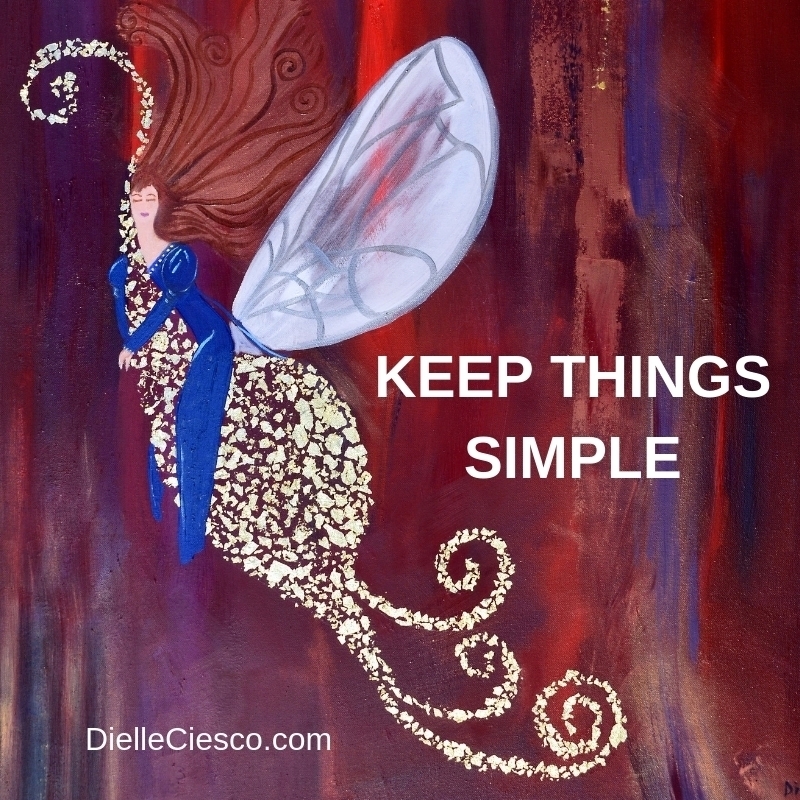
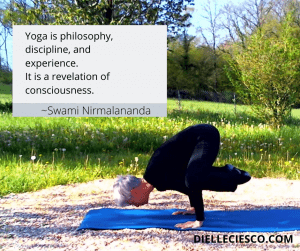

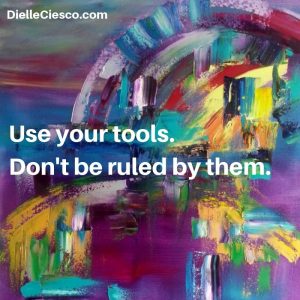
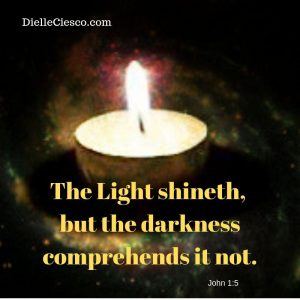

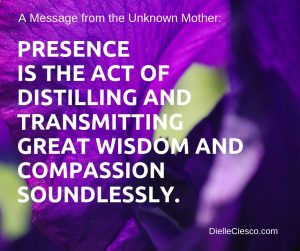
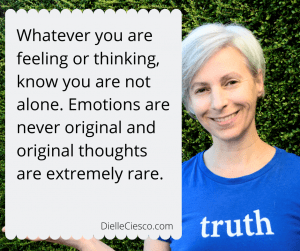
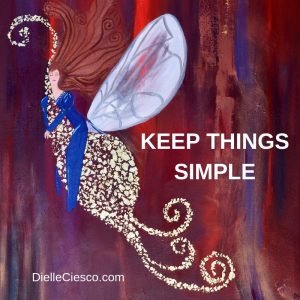
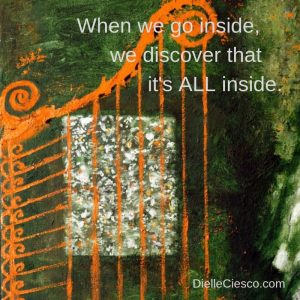

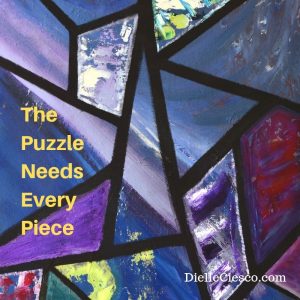
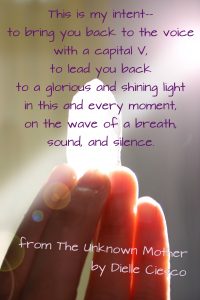


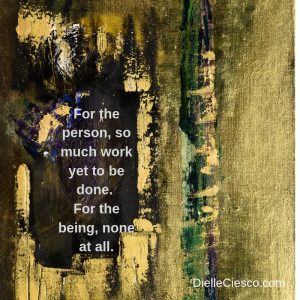
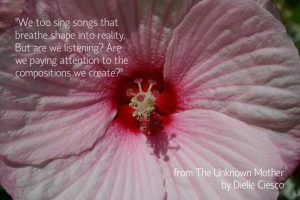

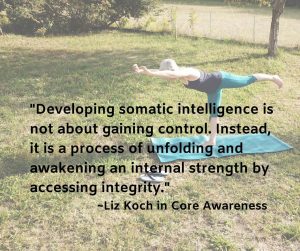
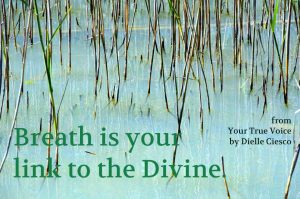
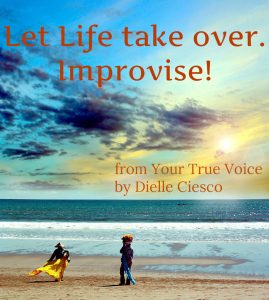


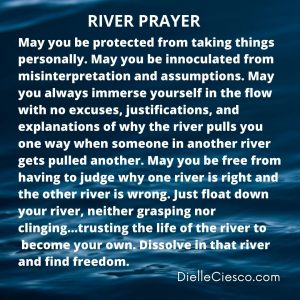


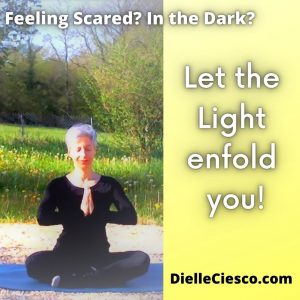

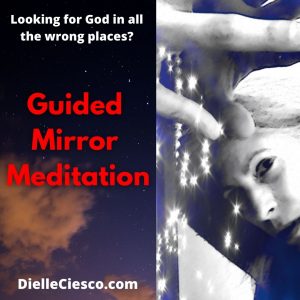
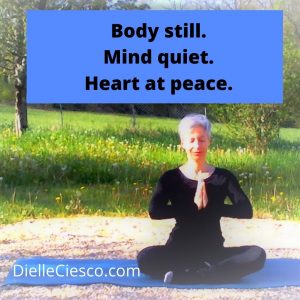


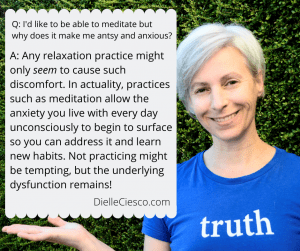

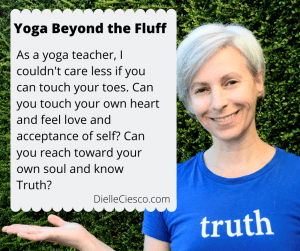

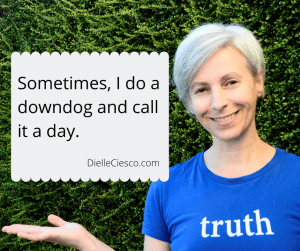
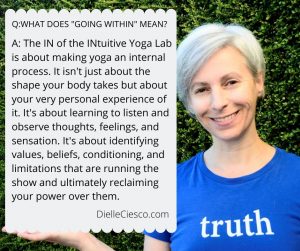


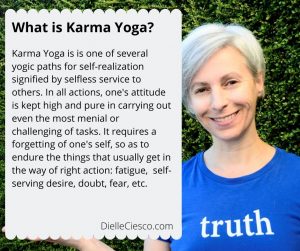
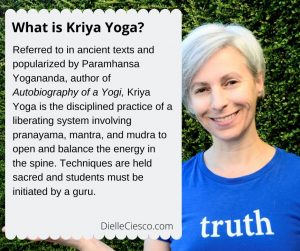
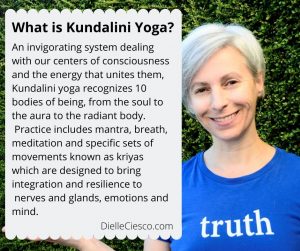
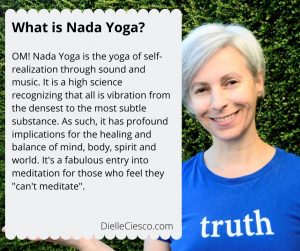

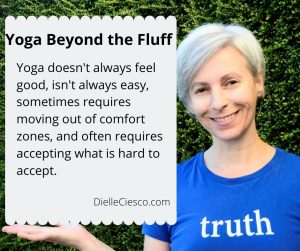
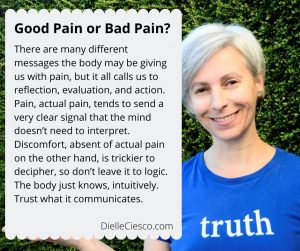
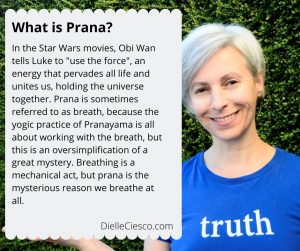
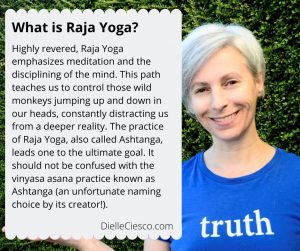
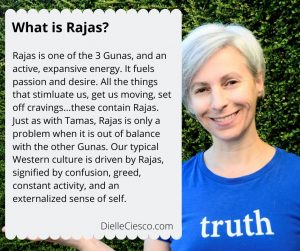
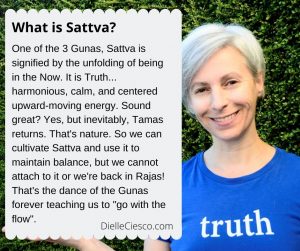
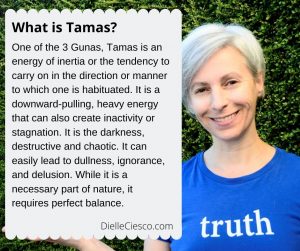
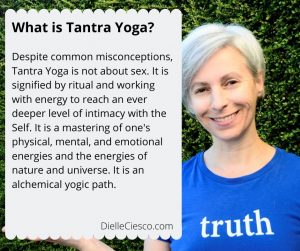


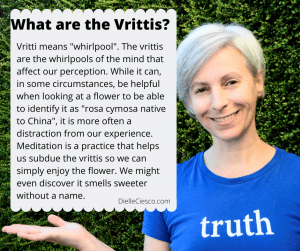
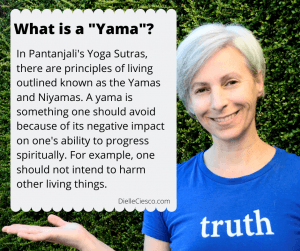

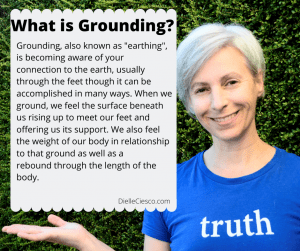 Grounding
Grounding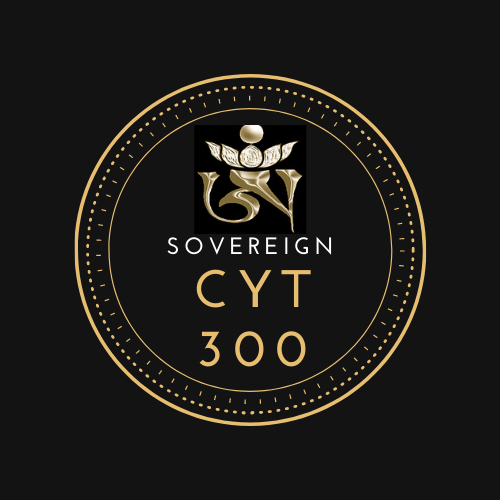
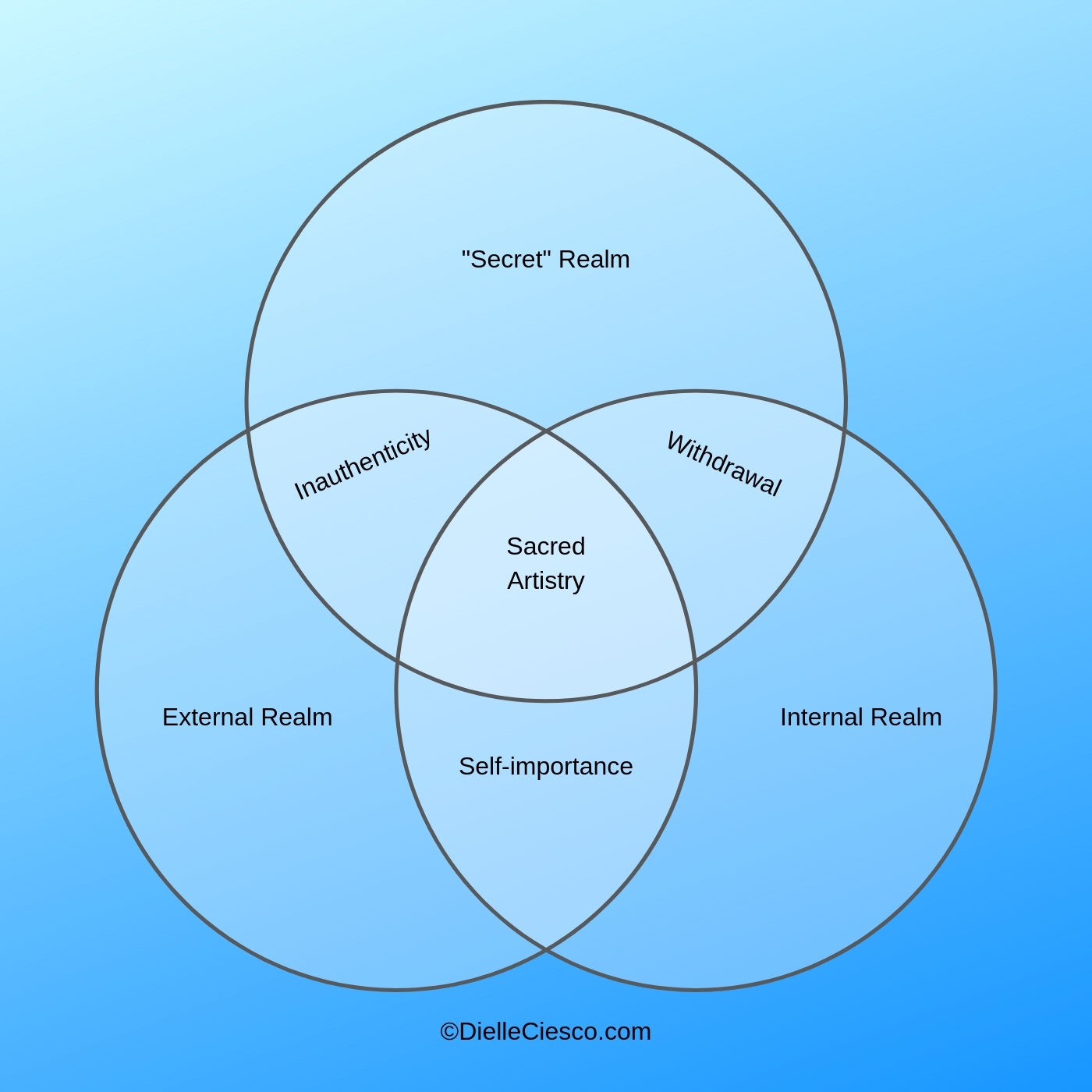
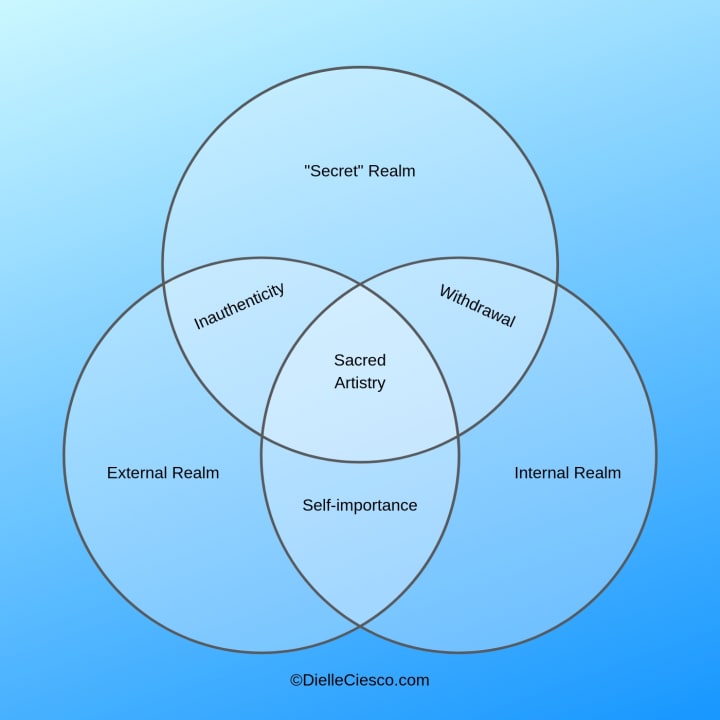
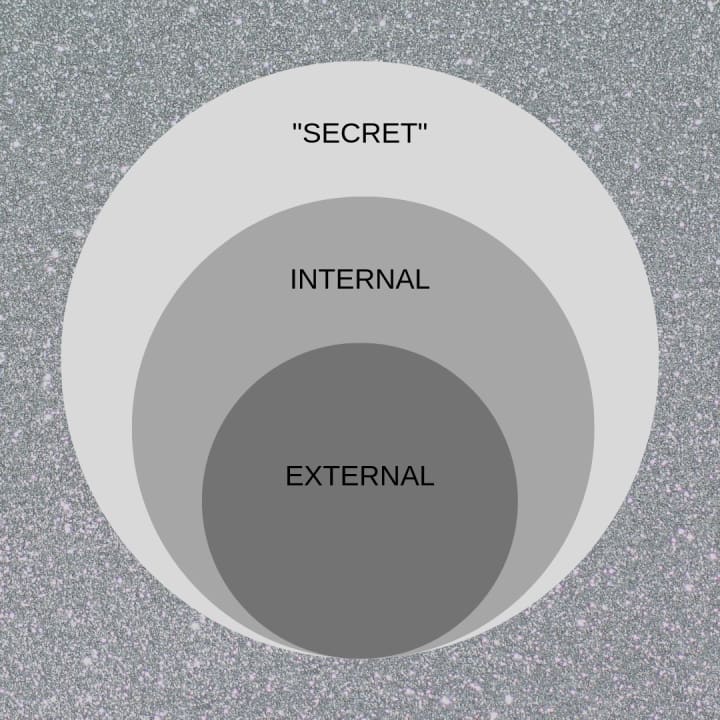
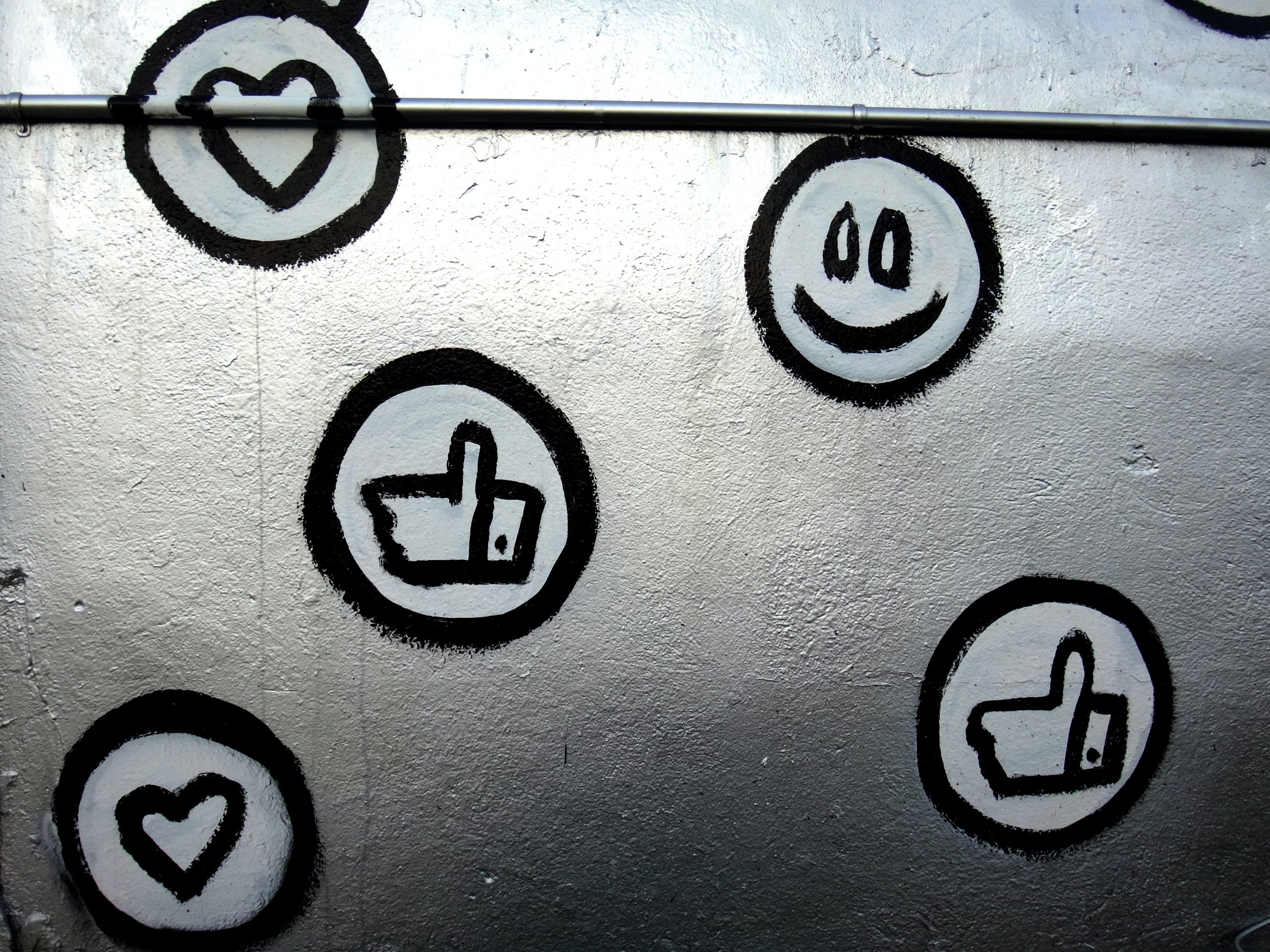
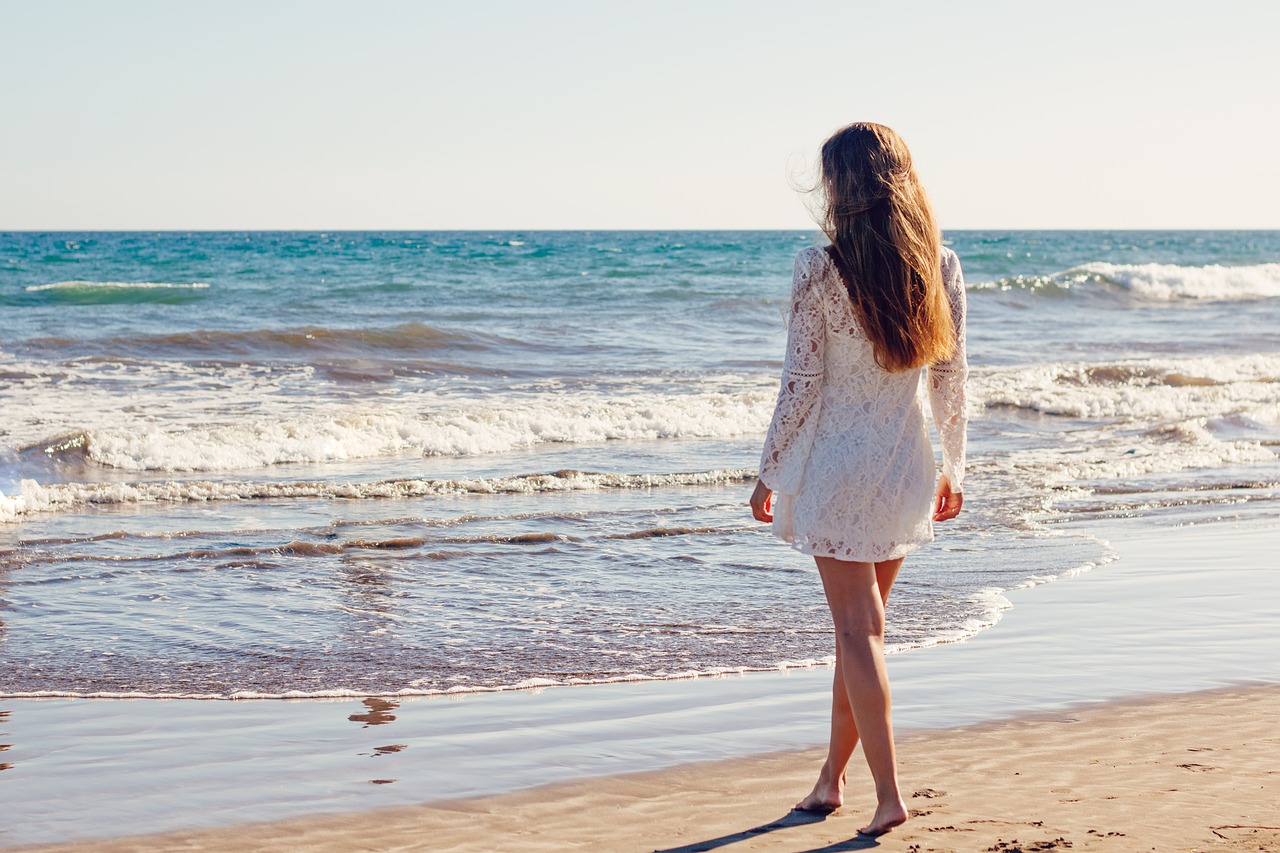



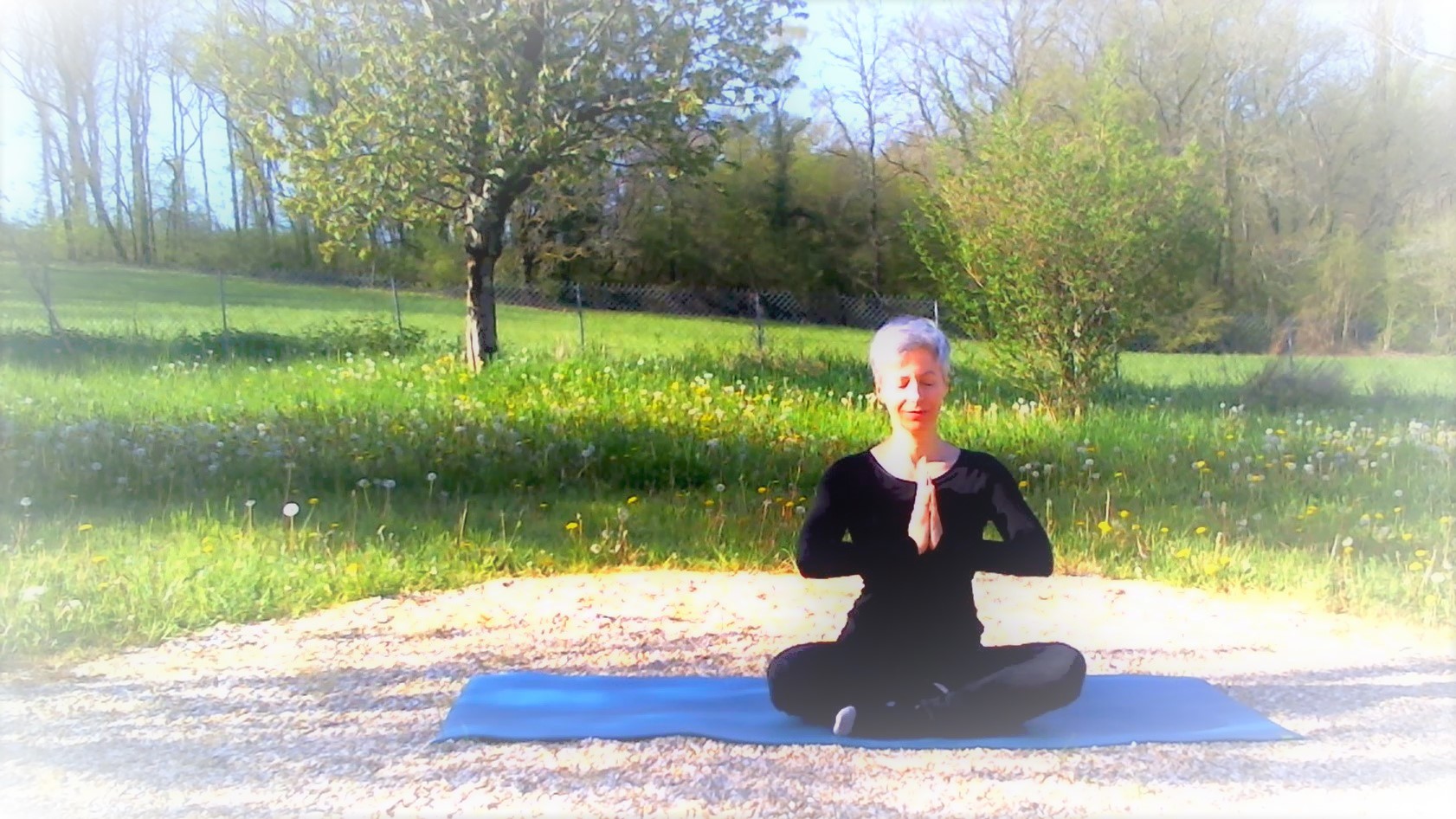
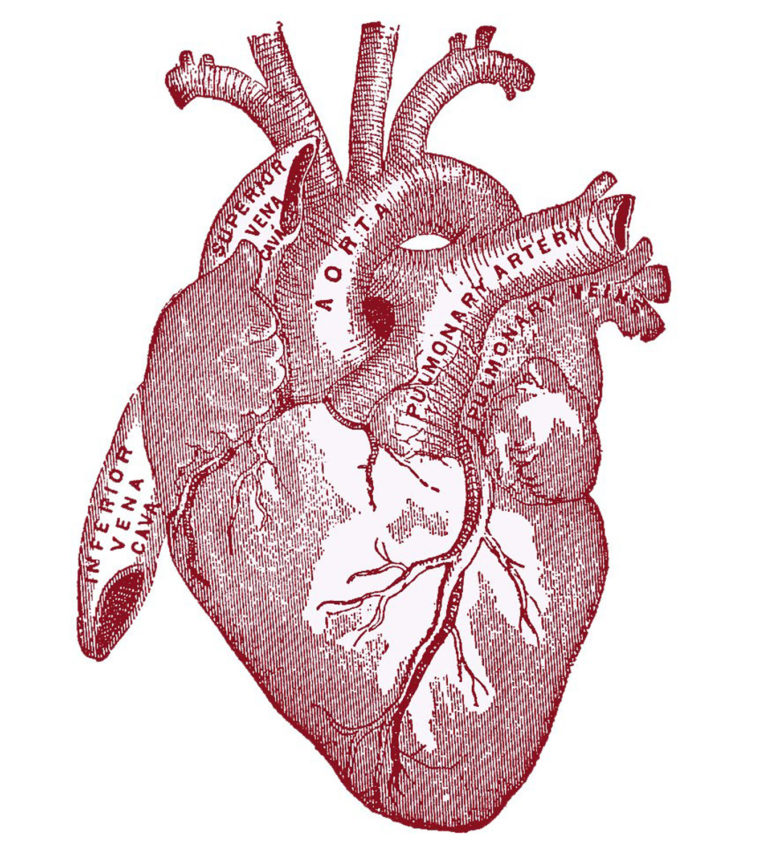
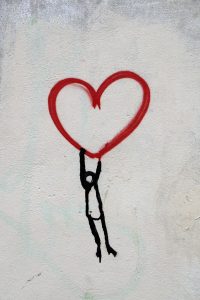 When you picture your own heart or that of someone else, what do you envision? Do you see the typical valentine heart with two symmetrical bumps in a shade of red or pink? Maybe you picture a more biological heart like a
When you picture your own heart or that of someone else, what do you envision? Do you see the typical valentine heart with two symmetrical bumps in a shade of red or pink? Maybe you picture a more biological heart like a 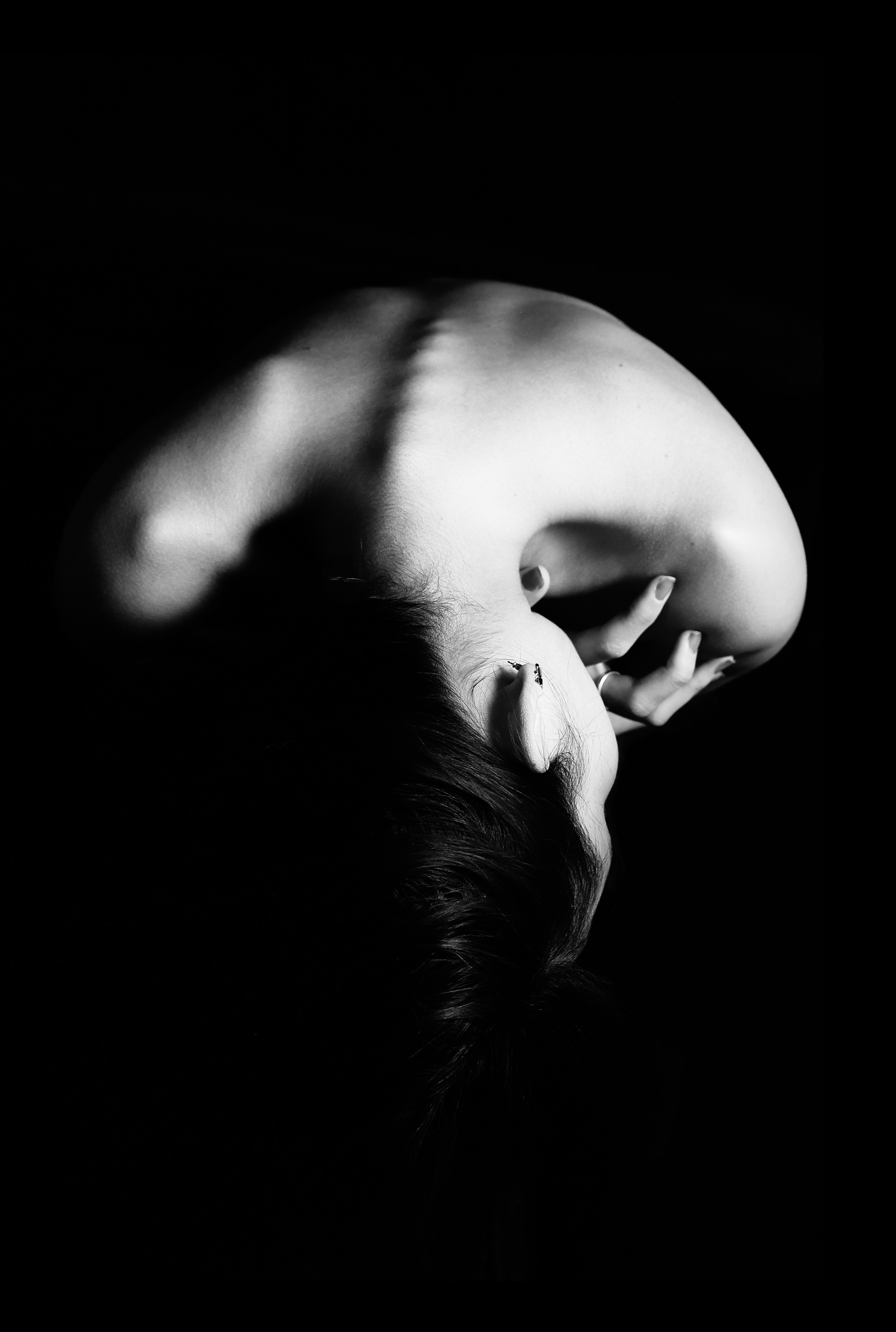


 To Share or Not to Share
To Share or Not to Share